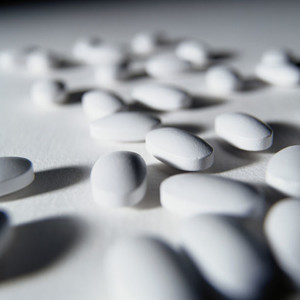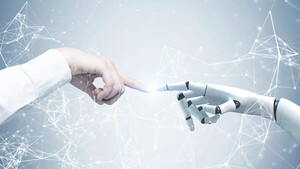EMA announced on its website that it has adopted the long-anticipated guideline on biosimilar monoclonal antibodies.
EMA adopts guideline on biosimilar monoclonal antibodies
Home/Guidelines
|
Posted 11/02/2011
 0
Post your comment
0
Post your comment

The Committee for Medicinal Products for Human Use adopted the guideline on ‘Similar Biological Medicinal Products Containing Monoclonal Antibodies’ at its meeting on 15–18 November 2010.
The guideline lays down the nonclinical and clinical requirements for biosimilar monoclonal antibody-containing medicines and was published on the agency’s website on 26 November 2010 for a 6-month public consultation period (up to 31 May 2011).
The guideline aims to reduce the regulatory hurdles for biosimilar manufacturers advocating a process based on relatively small comparability studies. The approval process will then be based on mechanistic studies and surrogate endpoints for efficacy rather than on hard endpoints, such as survival, which require large and expensive trials.
EMA has also released a related guideline on the immunogenicity assessment of monoclonal antibodies intended for in vivo clinical use for consultation until the same date, and has already approved 13 biosimilars, including generic versions of human growth hormone, erythropoietin, and G-CSF and biosimilar medicines currently contribute savings of Euros 1.4 billion per year to European healthcare systems.
So far, EMA has received requests for scientific advice on only six biosimilar antibodies, and only expects two or three applications per year. This reflects the difficulties with making such biosimilars, despite the substantial economic opportunities due to patents on key brand products expiring.
Israeli generics giant Teva, is among the brave, however, and is already conducting clinical studies comparing its biosimilar version to Roche’s antibody drug Rituxan (rituximab), who’s patent expires in 2014. Rituxan had sales last year of US$6.2 billion (Euros 4.5 billion).
Related articles
An ageing population: generics and biosimilars could be the solution
Technical challenges in defining mAbs
Challenges in the development of biosimilars mAbs
Development of biosimilars mAbs
Source: EMA
Policies & Legislation
ANVISA tackles 24-month backlog in biologicals post-registration petitions
US EO: delivering Most-Favored-Nation Prescription Drug Pricing to American patients
Most viewed articles
The best selling biotechnology drugs of 2008: the next biosimilars targets
Global biosimilars guideline development – EGA’s perspective
New guidance for biologicals in Pakistan and Hong Kong’s independent drug regulatory authority

Home/Guidelines Posted 20/10/2025
Canada poised to remove requirement for Phase III trials for biosimilars

Home/Guidelines Posted 22/07/2025
The best selling biotechnology drugs of 2008: the next biosimilars targets








Post your comment